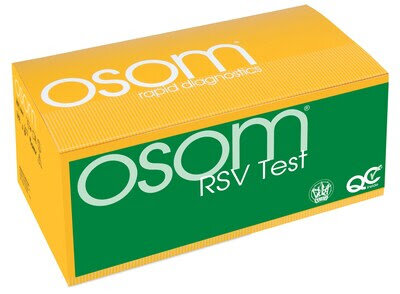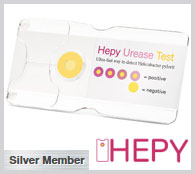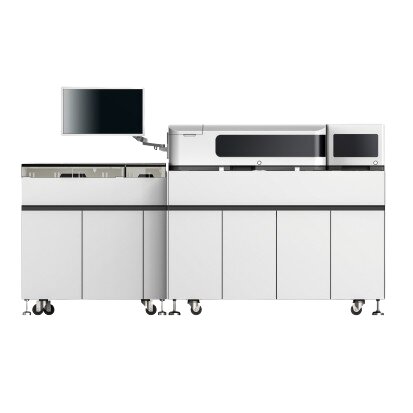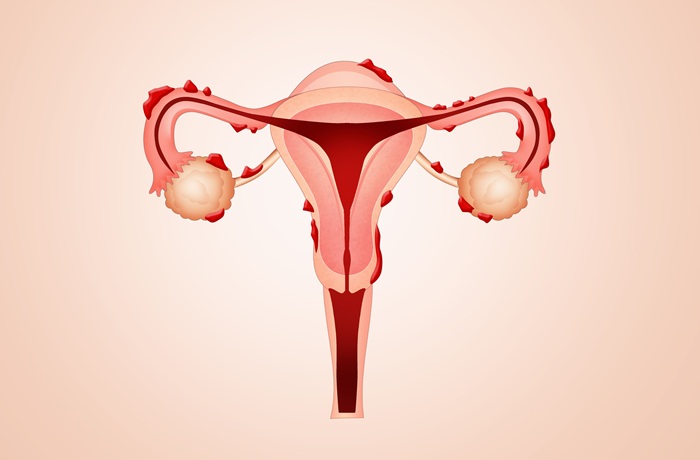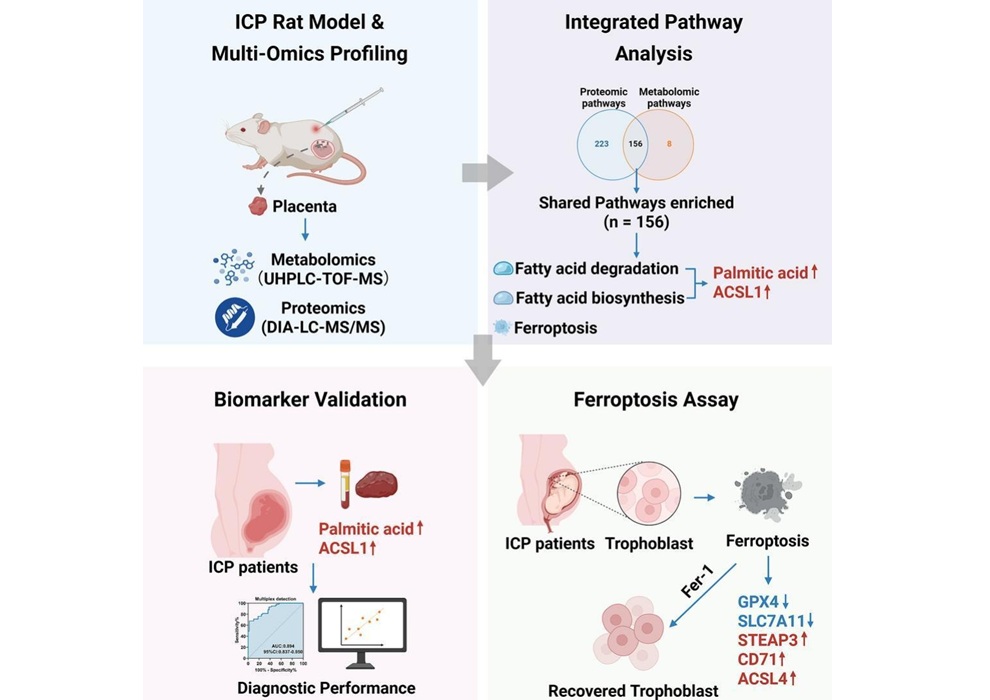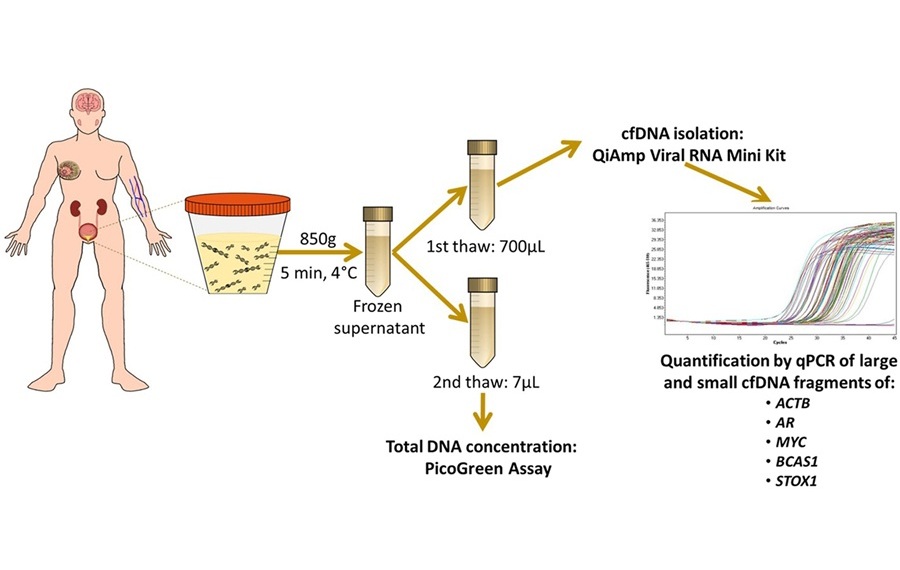New Test Detects Parasite Responsible for Trichomoniasis Infection In 15 Minutes
Posted on 28 Feb 2025
Trichomoniasis is one of the most prevalent sexually transmitted infections globally. It is caused by the parasite Trichomonas vaginalis, which is often difficult to detect as the infection is frequently asymptomatic, making diagnosis and treatment challenging. Early detection is crucial, as untreated infections can lead to reproductive health issues, increase the likelihood of HIV transmission, and cause genital tract inflammation. In response to this challenge, researchers have developed a rapid, cost-effective, and easy-to-use test for detecting the parasite. The findings from this research were published in Sensors & Diagnostics.
The test, called ALFA (Aptamer-based Lateral Flow Assay), was developed by a team from Universitat Rovira i Virgili (Tarragona, Spain) using innovative DNA aptamer technology. Aptamers are short nucleic acid sequences that can bind highly specifically to target molecules. The test employs a dual aptamer system: one aptamer is immobilized on a nitrocellulose membrane as a capturer, and the other is linked to gold nanoparticles, which generate a visual detection signal. This design helps to reduce production costs and enhances the stability of the test. One of the key benefits of this test is its affordability, costing under one euro. This makes it a viable tool for use in public health initiatives and in countries with limited healthcare resources.
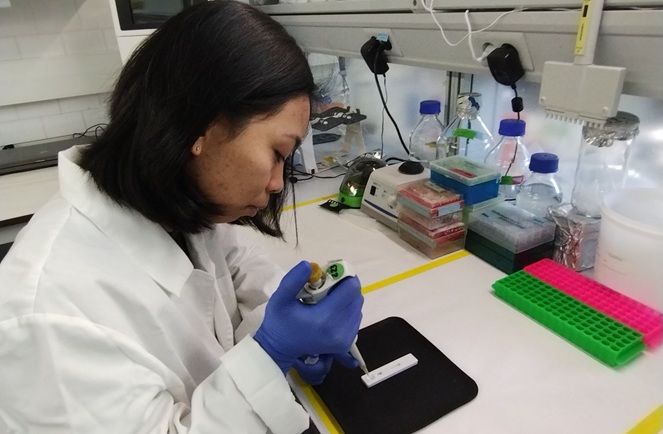
The researchers demonstrated that the test can detect very low concentrations of the parasite without being confused by other common vaginal microorganisms, ensuring its accuracy. Stability is another significant advantage, as the test components retain their effectiveness for up to a year at room temperature (22 ºC), eliminating the need for refrigeration or special packaging. This feature makes the test suitable for distribution in resource-limited areas. Furthermore, the test is straightforward to use, requiring only three simple steps from sample collection to result, which can be obtained in about 15 minutes. In initial trials using clinical samples, the results were consistent with those obtained through the traditional method of direct observation. The research team plans to continue expanding its approach to detect other pathogens in the future.
Related Links:
Universitat Rovira i Virgili




